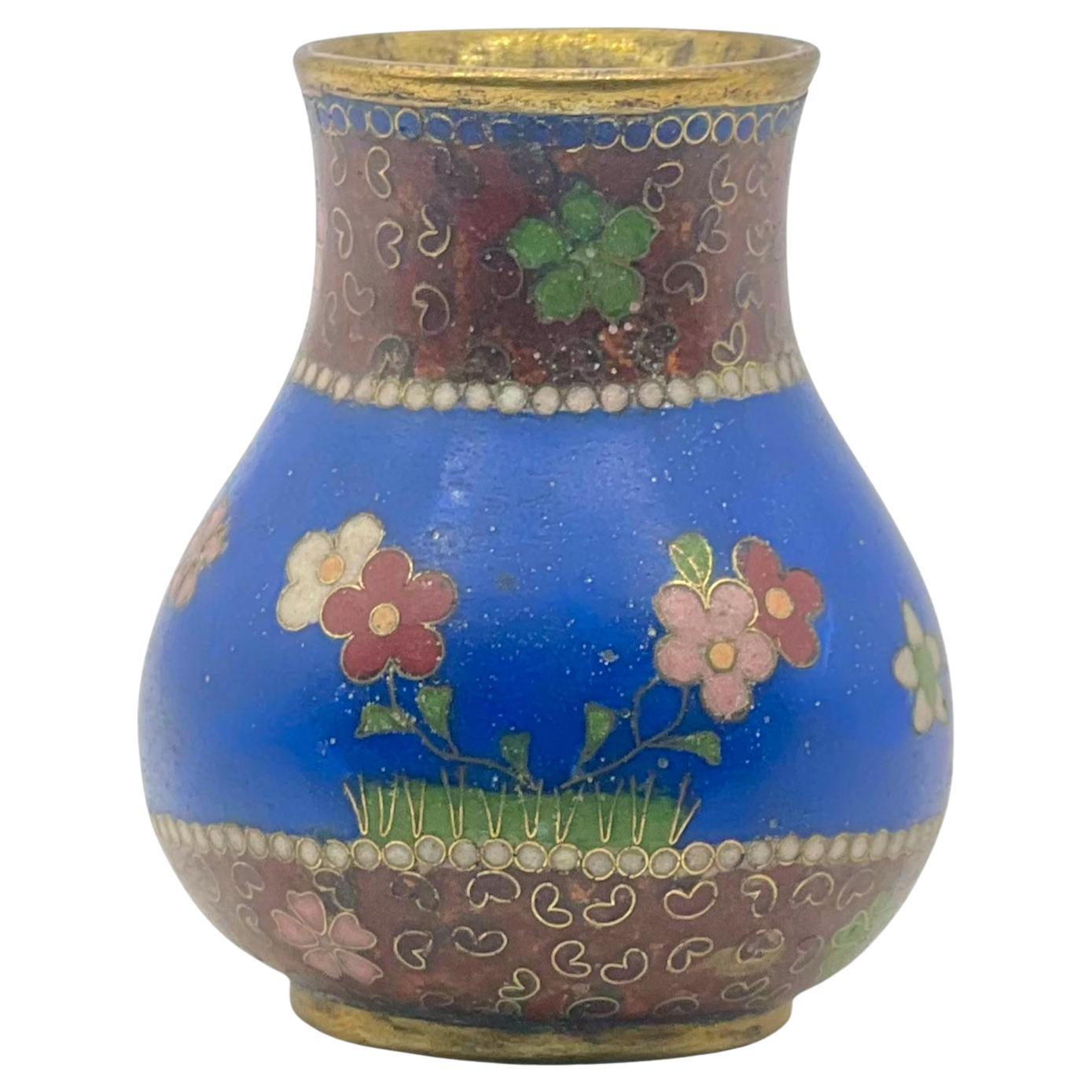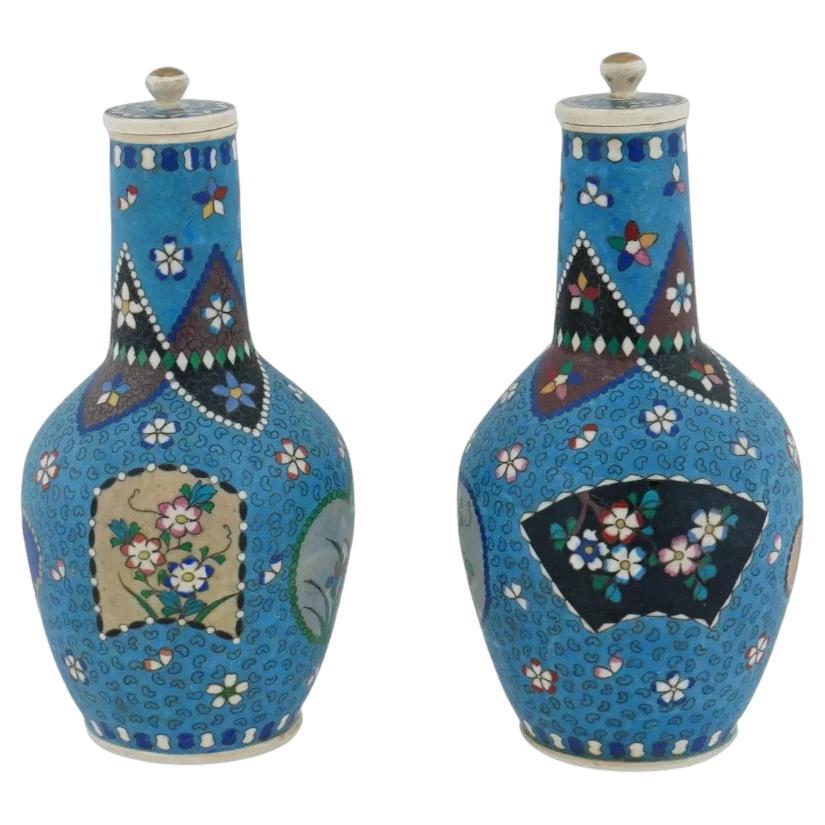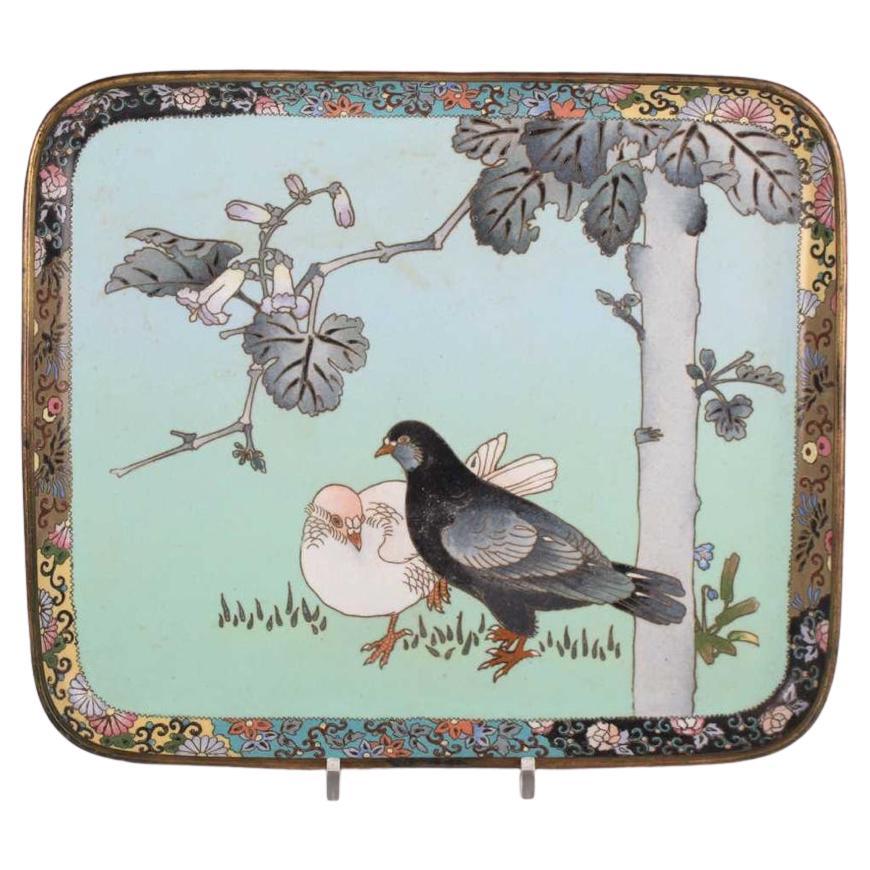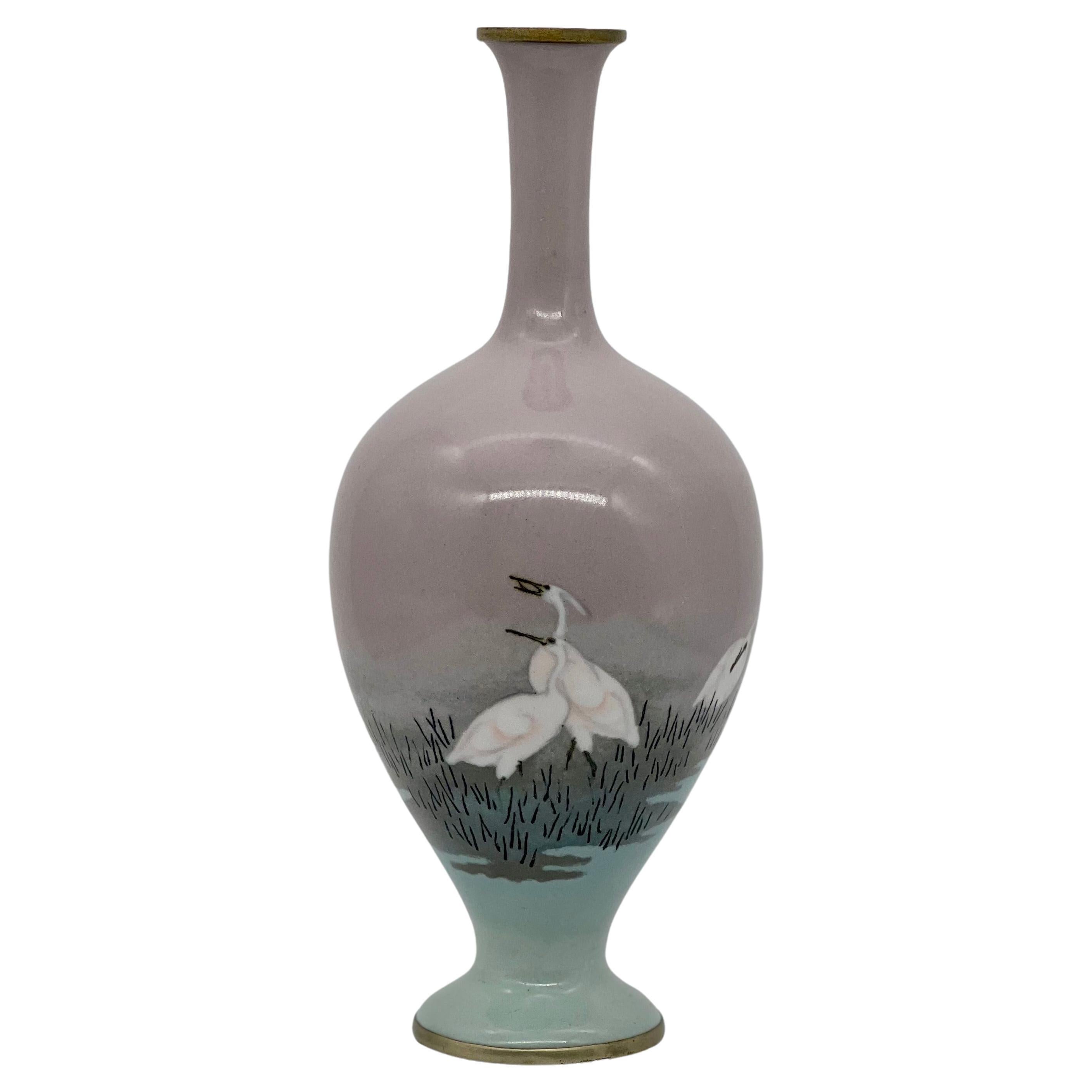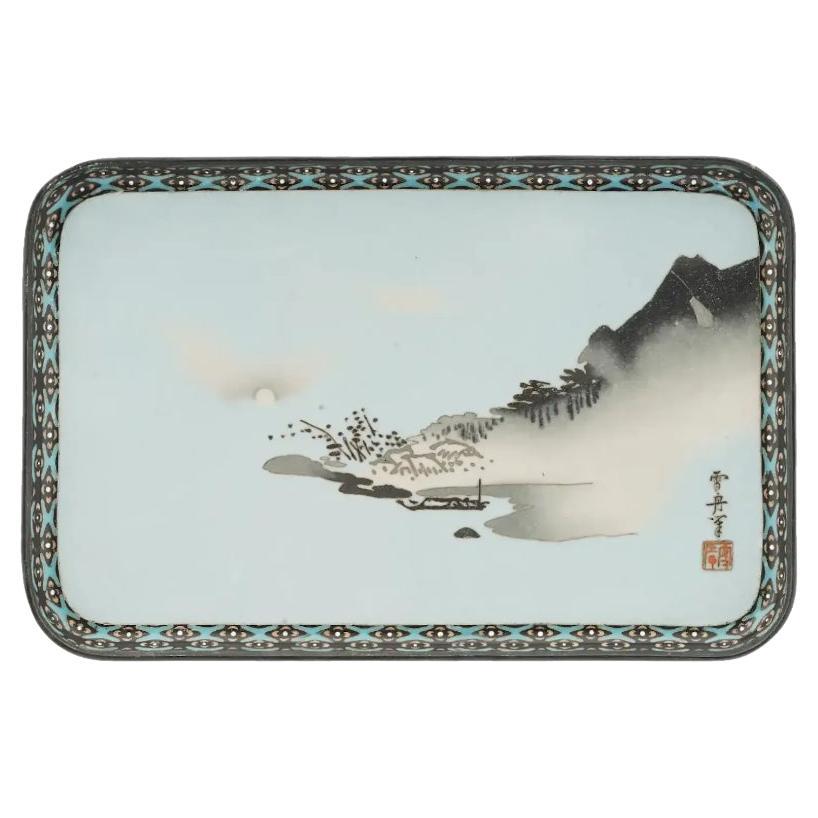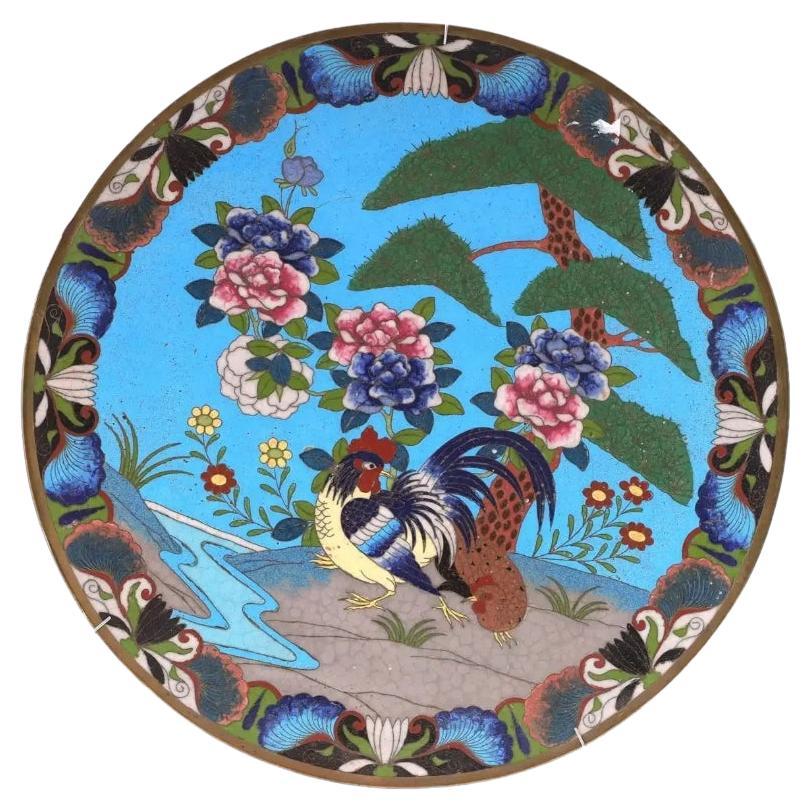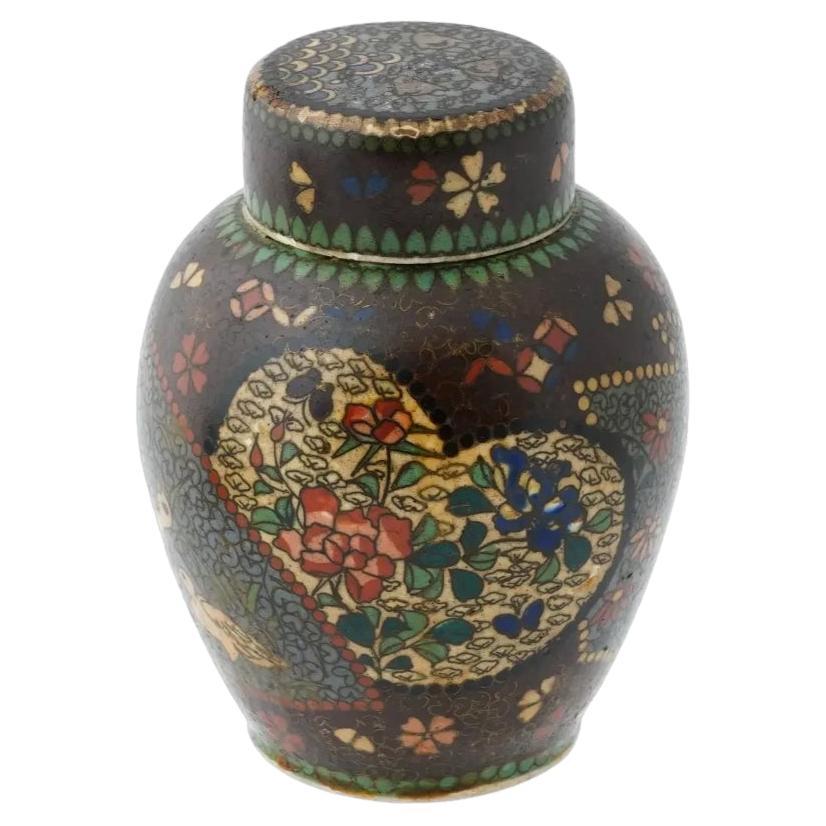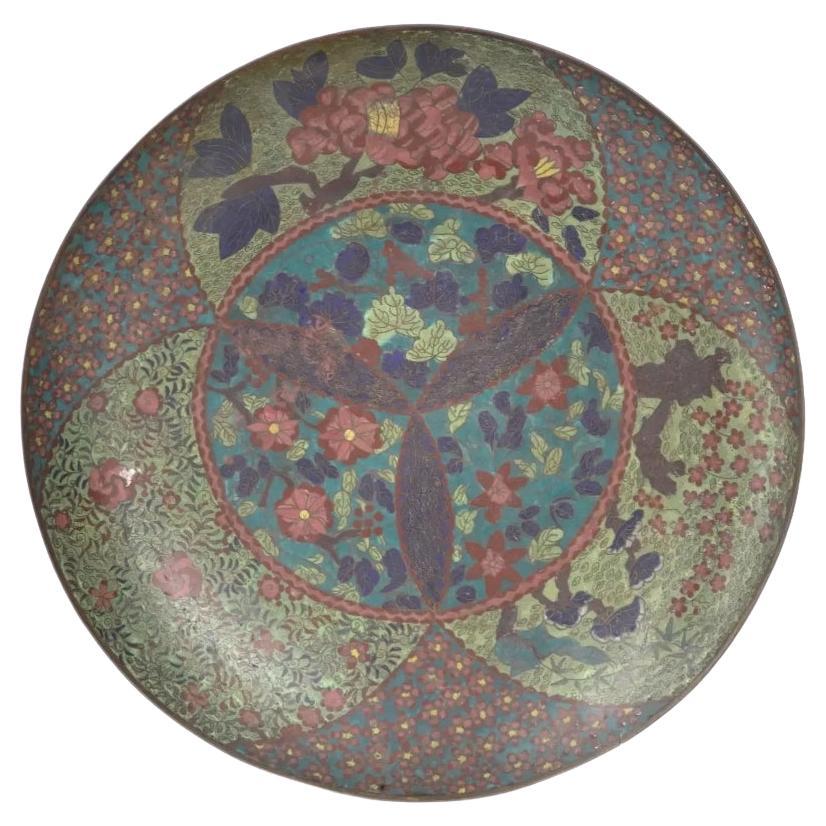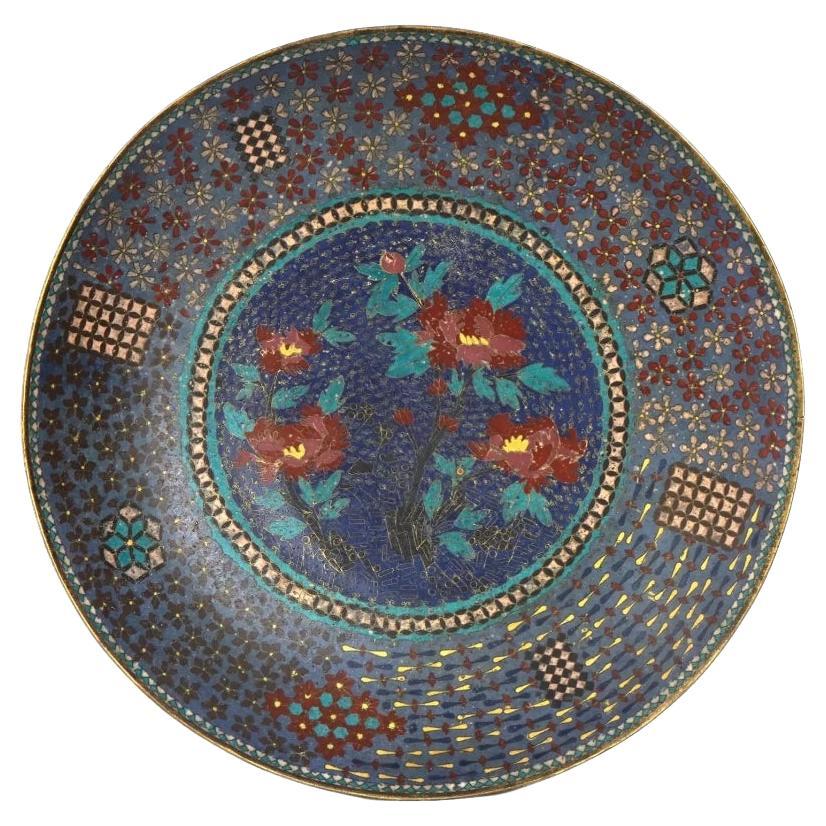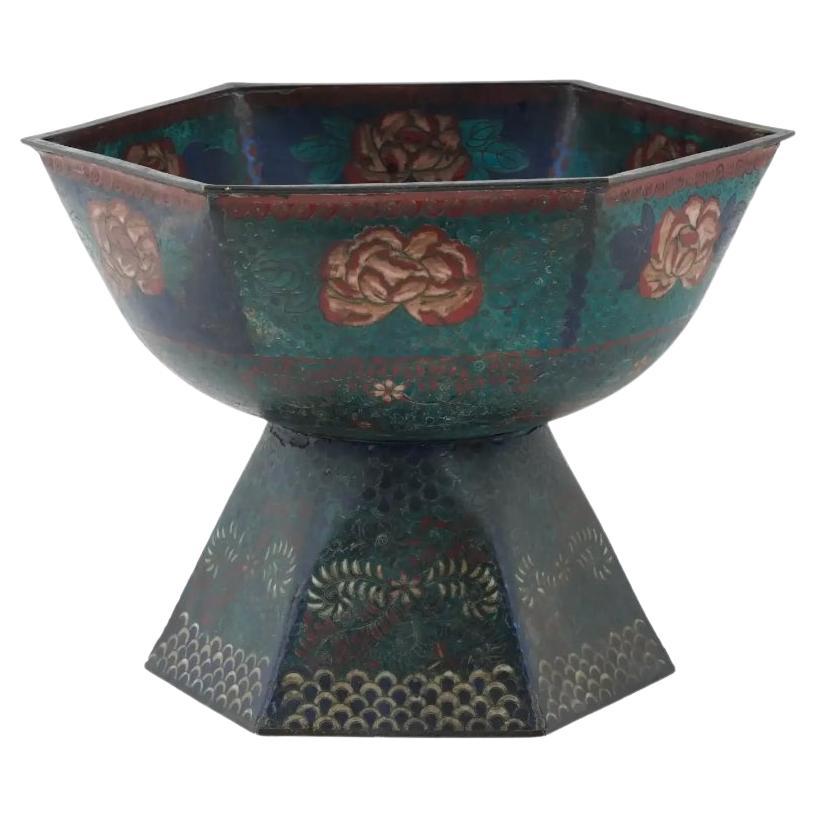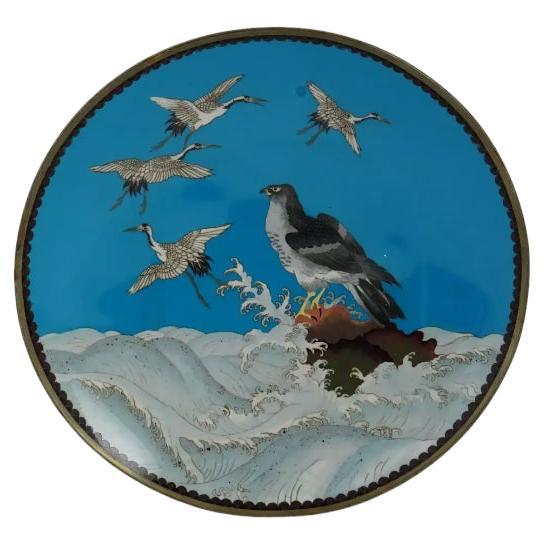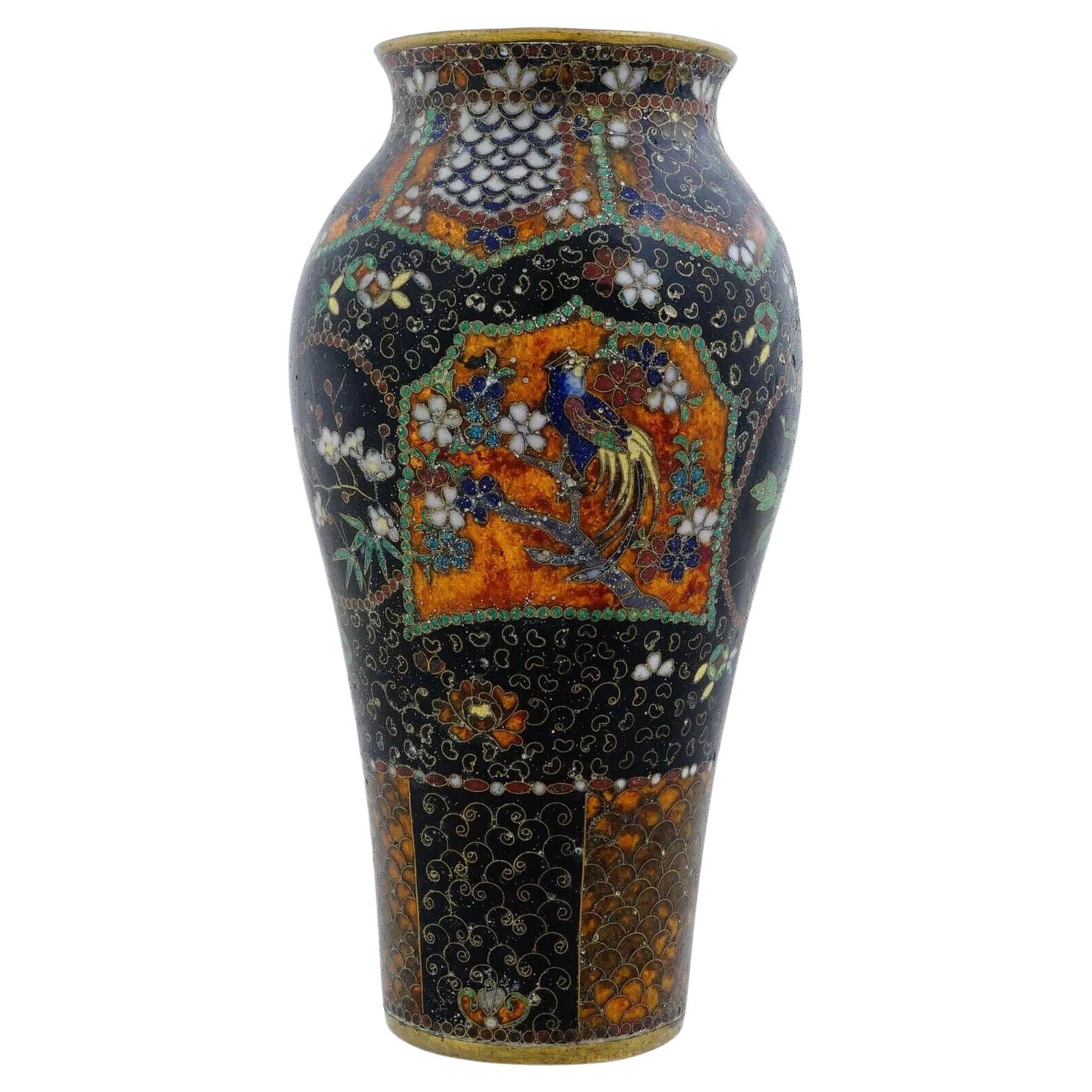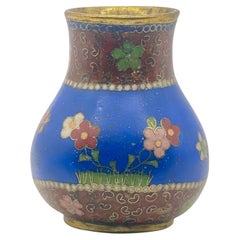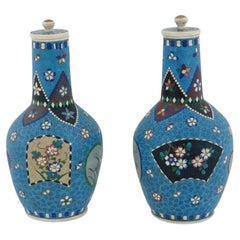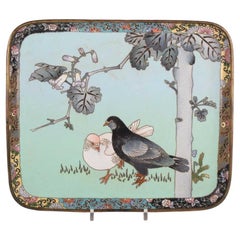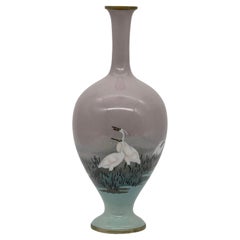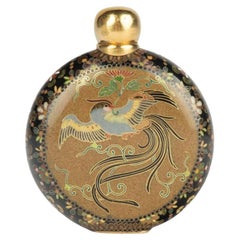
Japanese Cloisonne Enamel Scent Bottle – Namikawa Yasuyuki
View Similar Items
Video Loading
1 of 8
Japanese Cloisonne Enamel Scent Bottle – Namikawa Yasuyuki
$17,065.75List Price
About the Item
- Dimensions:Height: 2.375 in (6.04 cm)Width: 2 in (5.08 cm)Depth: 0.75 in (1.91 cm)
- Style:Meiji (Of the Period)
- Materials and Techniques:
- Place of Origin:
- Period:
- Date of Manufacture:Circa 1895
- Condition:Wear consistent with age and use.
- Seller Location:Christchurch, GB
- Reference Number:1stDibs: LU8622236601572
Authenticity Guarantee
In the unlikely event there’s an issue with an item’s authenticity, contact us within 1 year for a full refund. DetailsMoney-Back Guarantee
If your item is not as described, is damaged in transit, or does not arrive, contact us within 7 days for a full refund. Details24-Hour Cancellation
You have a 24-hour grace period in which to reconsider your purchase, with no questions asked.Vetted Professional Sellers
Our world-class sellers must adhere to strict standards for service and quality, maintaining the integrity of our listings.Price-Match Guarantee
If you find that a seller listed the same item for a lower price elsewhere, we’ll match it.Trusted Global Delivery
Our best-in-class carrier network provides specialized shipping options worldwide, including custom delivery.You May Also Like
A Fine Japanese Cloisonne Enamel Vase in style of early Namikawa Yasuyuki
Located in London, GB
A Lovely Edo Period Cloisonne Enamel Vase in style of early Namikawa Yasuyuki works.
Worked in gold wire and decorated in various coloured enam...
Category
Antique Mid-19th Century Japanese Metalwork
Materials
Enamel
Japanese Totai Cloisonne Enamel On Porcelain Bottles
Located in Long Island City, NY
A pair of Japanese covered Totai enamel on porcelain bottles. The wares are enameled with polychrome figural medallions representing blossoming flowers surrounded by floral, foliage ...
Category
Antique 19th Century Japanese Meiji Metalwork
Materials
Enamel
$1,500 Sale Price / set
50% Off
A Fine Japanese Meiji Period Cloisonné Enamel Tray Attributed to Namikawa Sösuke
Located in London, GB
A Japanese Meiji Period Cloisonné Enamel
Tray Attributed to Namikawa Sösuke, Late 19th Century
A refined rectangular cloisonné enamel tray with softly rounded corners and shallow...
Category
Antique 19th Century Japanese Metalwork
Materials
Enamel
Fine Japanese Cloisonné-enamel and Musen Vase Attributed to Namikawa Sosuke
Located in London, GB
A magnificent Cloisonné-enamel and Musen Baluster vase attributed to Namikawa Sosuke.
Meiji era (1868-1912), late 19th century.
This vase features an elegant classic form with a sle...
Category
Antique Late 19th Century Japanese Metalwork
Materials
Enamel
Japanese Wireless Cloisonné Serving Tray Meiji After Namikawa Sosuke
Located in Long Island City, NY
A rare 19th Century Japanese copper serving tray with cloisonne enamel design. The central part of the tray depicts a wireless cloisonne picture, a coastal landscape view with a full moon. The hieroglyphical signature of the artist is in the lower right. The rims and the backside are decorated with floral ornaments. Blue and black color palette. Collectible Oriental Decor And Applied Arts For Interior Design.
Namikawa Sosuke (1847–1910) was a Japanese cloisonné artist,[1] known for innovations that developed cloisonné enamel into an artistic medium sharing many features with paintings.[2][3] He and Namikawa Yasuyuki (no relation)[notes 1] were the most famous cloisonné artists of the 1890 to 1910 period, known as the "golden age" of Japanese enamels.[1] Around 1880 he set up and ran the Tokyo branch of the Nagoya Cloisonné Company.[1] He exhibited his artworks at national and international expositions, where he took an organising role.[2] He was recognised as an Imperial Household Artist and created art works for imperial residences. He sometimes signed his works with the character sakigake (Pioneer)
the art work is based off a art work done by Sesshu Toyo
Sesshu Toyo (?? ??, c. 1420 – August 26, 1506), also known simply as Sesshu (??), was a Japanese Zen monk and painter who is considered a great master of Japanese ink painting. Initially inspired by Chinese landscapes, Sesshu's work holds a distinctively Japanese style that reflects Zen Buddhist aesthetics.[1] His prominent work captured images of landscapes, portraits, and birds and flowers paintings, infused with Zen Buddhist beliefs, flattened perspective, and emphatic lines.[2]
Sesshu was born into the samurai Oda family (???) and trained at Shokoku-ji temple in Kyoto, Japan, as a Zen monk.[1] From his early childhood, Sesshu showed a talent for painting and eventually became widely revered throughout Japan as a wise, reputable Zen scholar, and the greatest painter priest of Zen-Shu.[3]
Sesshu worked in a painting atelier whilst training under Tensho Shubun (c. 1418–1463). But upon visiting China, his work betook a distinctive Chinese influence, merging Japanese and Chinese styles to develop his individualistic style of Zen paintings.[3] Sesshu's influence on painting was so wide that many schools of art appointed him their founder.[4] Sesshu's most acclaimed works are Winter Landscape (c. 1470s), Birds and Flowers (1420–1506) and Four Landscape Scrolls...
Category
Antique Late 19th Century Japanese Metalwork
Materials
Copper, Enamel
Antique Meiji Japanese Cloisonne Enamel Charger Plate
Located in Long Island City, NY
An antique Japanese, late Meiji era, enamel over copper charger plate. The plate is adorned with a polychrome scene with a rooster and a chicken on a pond with blossoming flowers and...
Category
Early 20th Century Japanese Meiji Metalwork
Materials
Copper, Enamel
Recently Viewed
View AllMore Ways To Browse
Gold Scent Bottle
Cloisonne Namikawa
Namikawa Sosuke
Japanese Inlaid Bronze
Chinese Bronze Incense Burner
Japanese Bronze Silver Inlay
Chinese Incense Censer
Dragon Tray
Japanese Bronze Cranes
Repousse Dragon
Meiji Mixed Metal
Jade Cloisonne
Japanese Meiji Period Mixed Metal
Persian Hammered Brass
Koro Incense
Cloisonne Incense
Islamic Hammered Tray
Bronze Lion Japan
